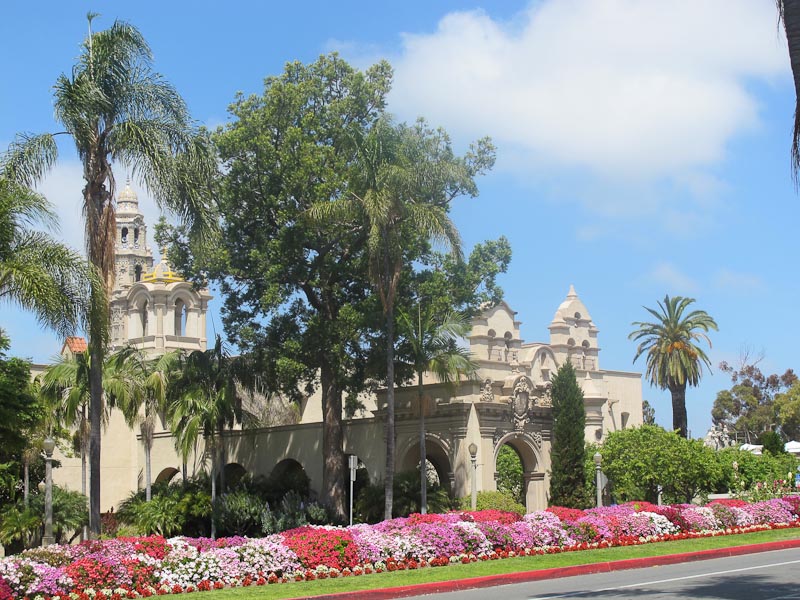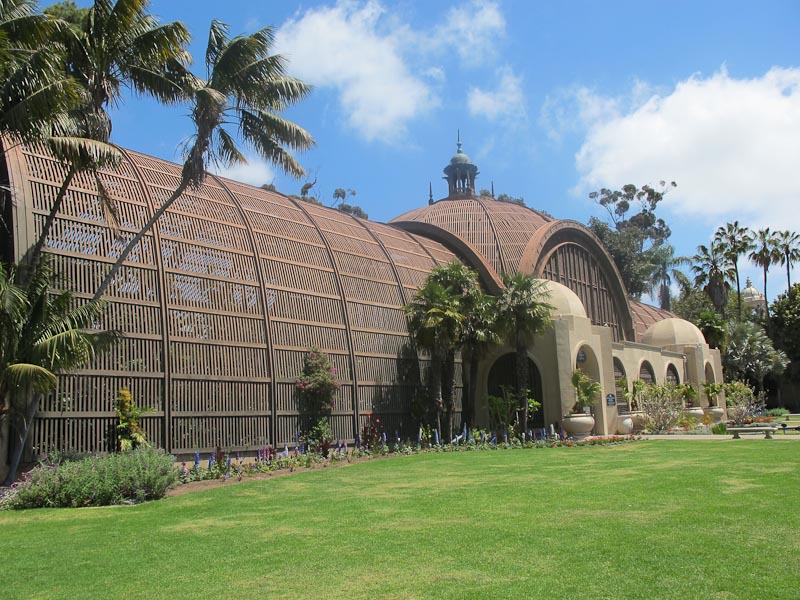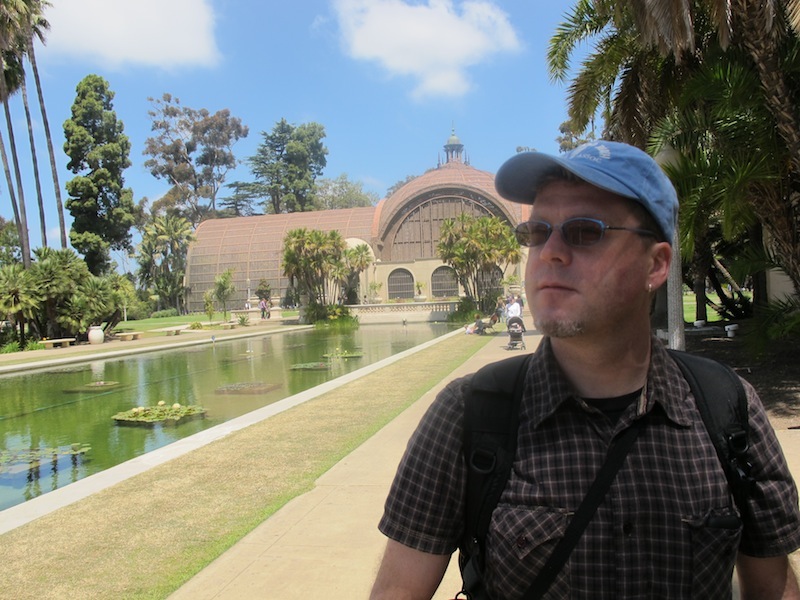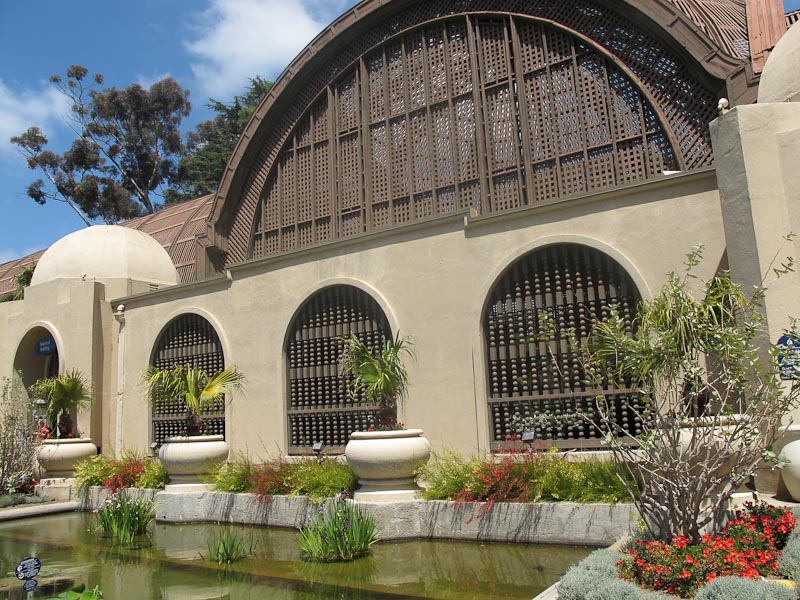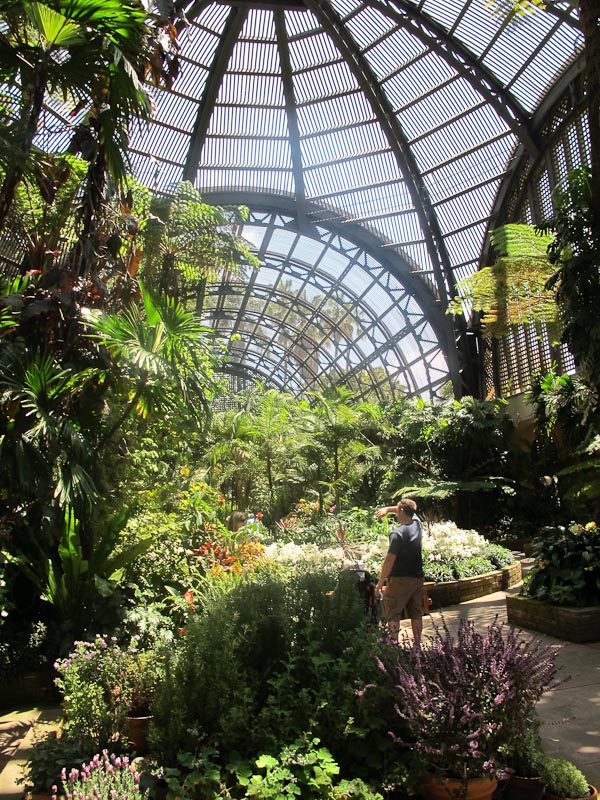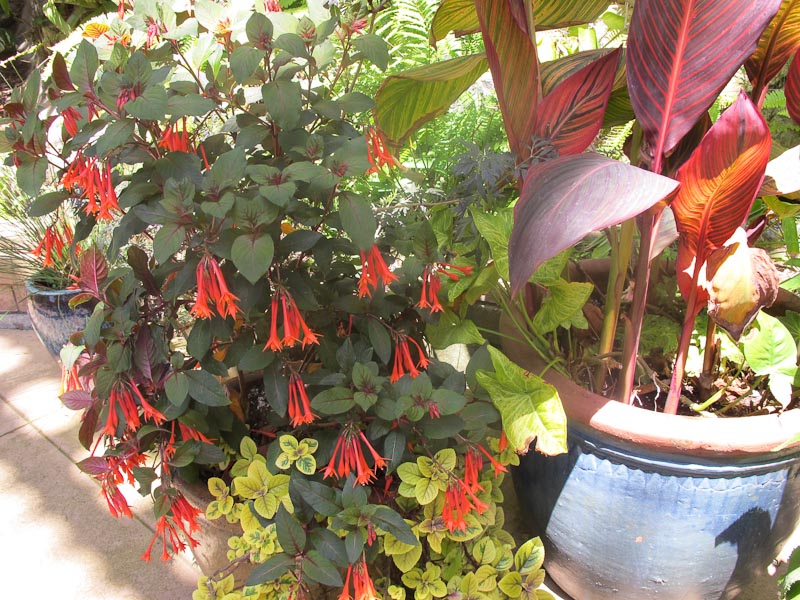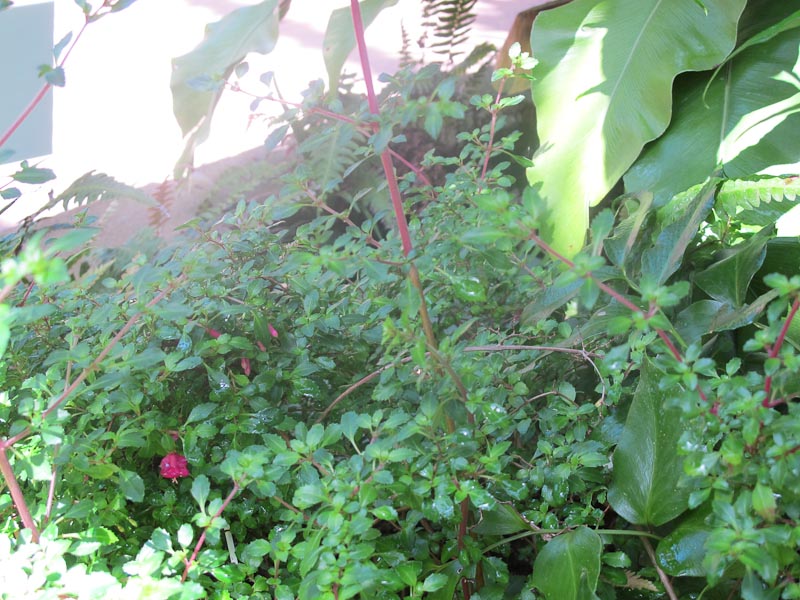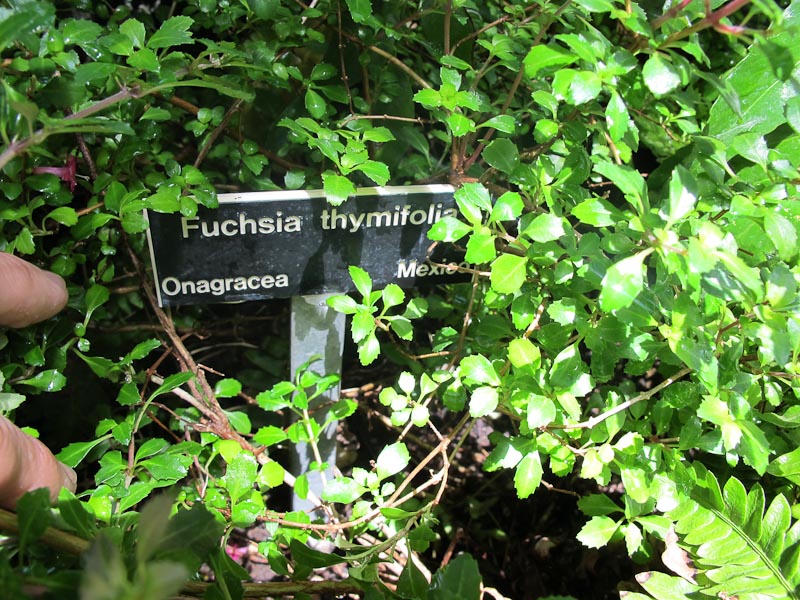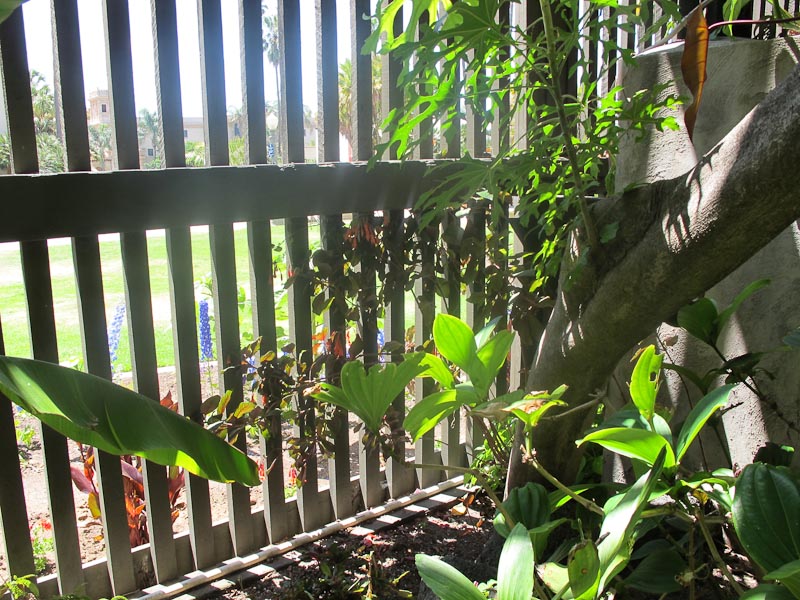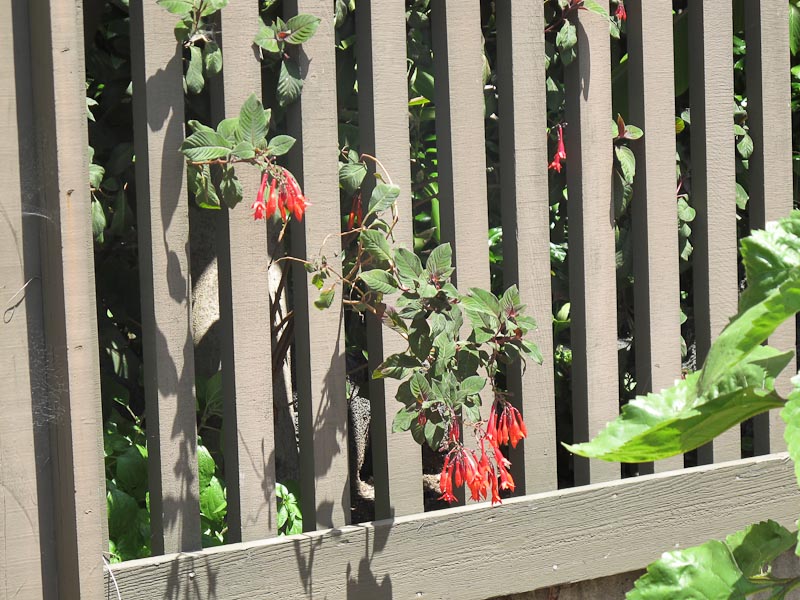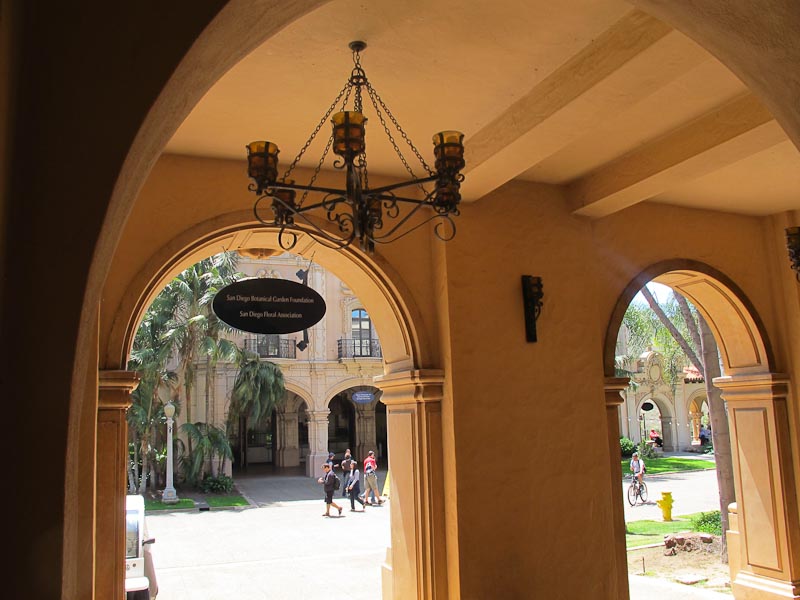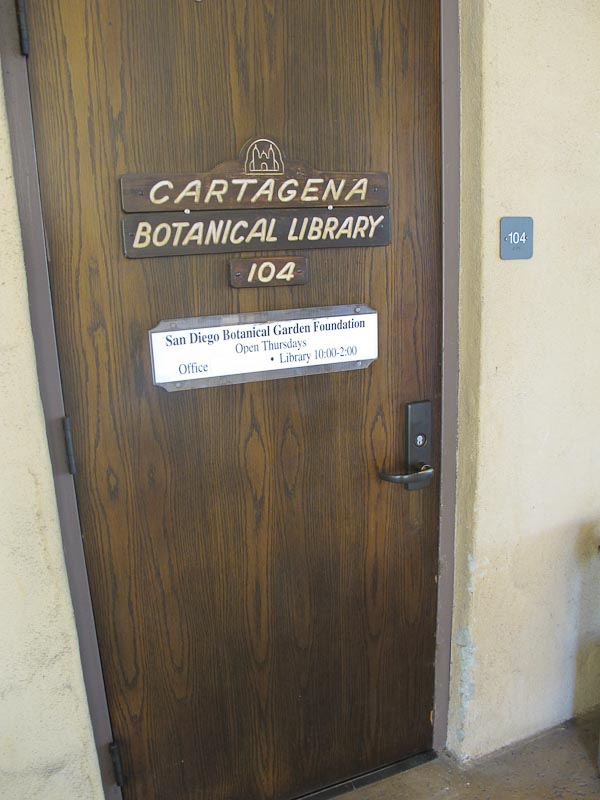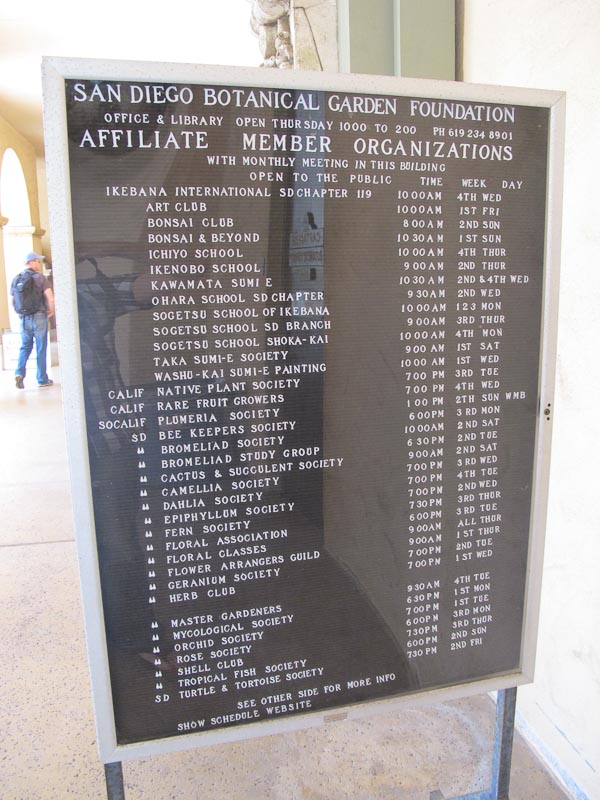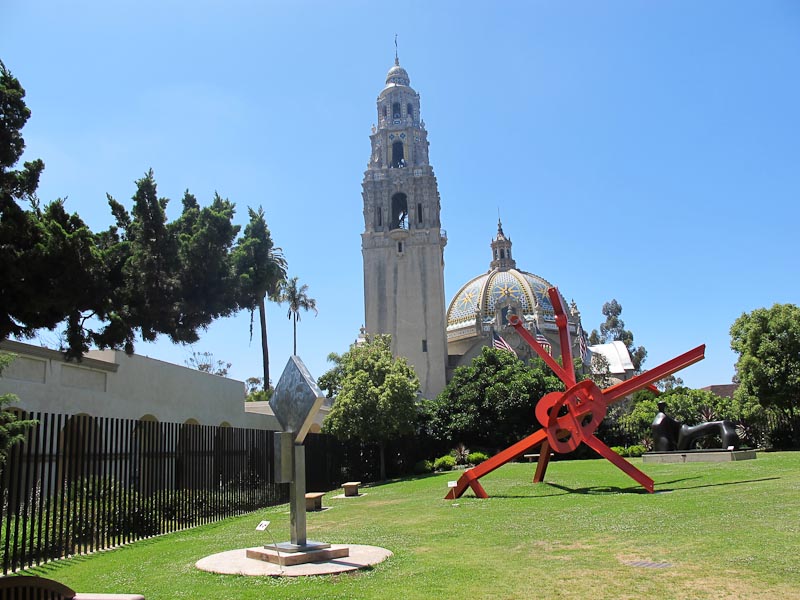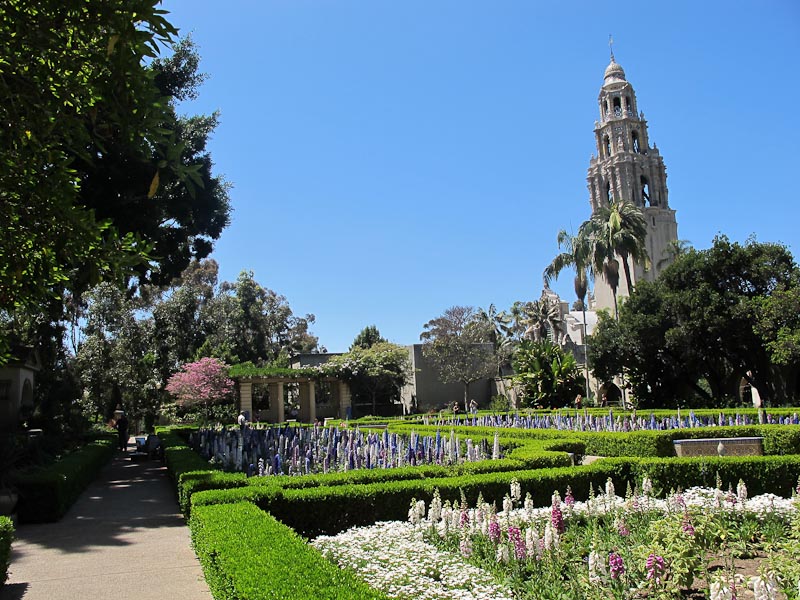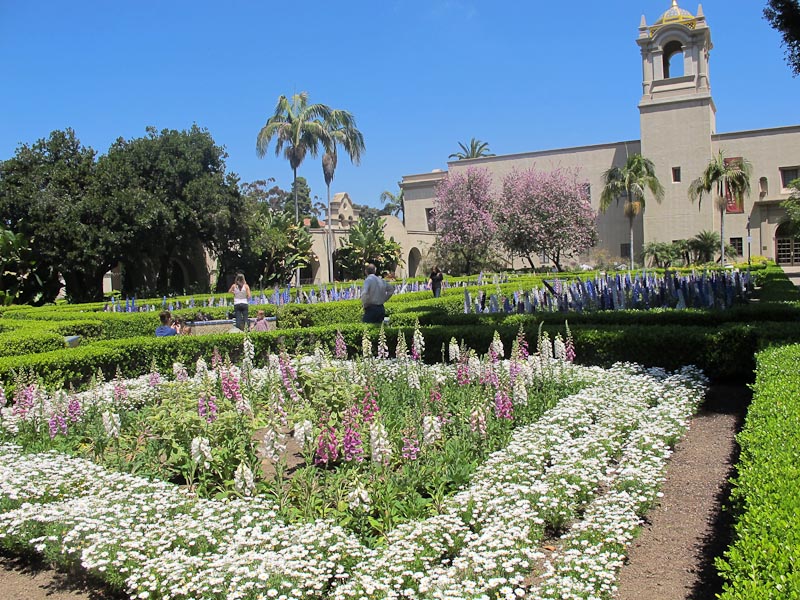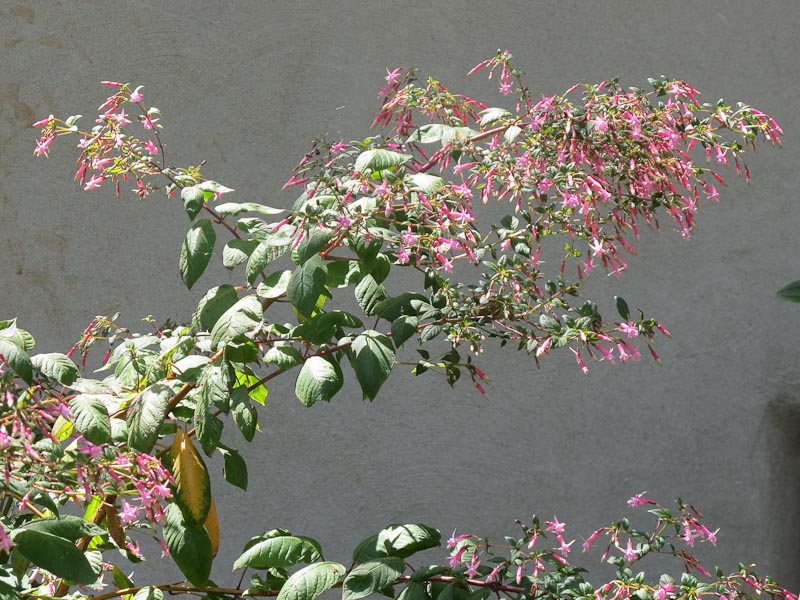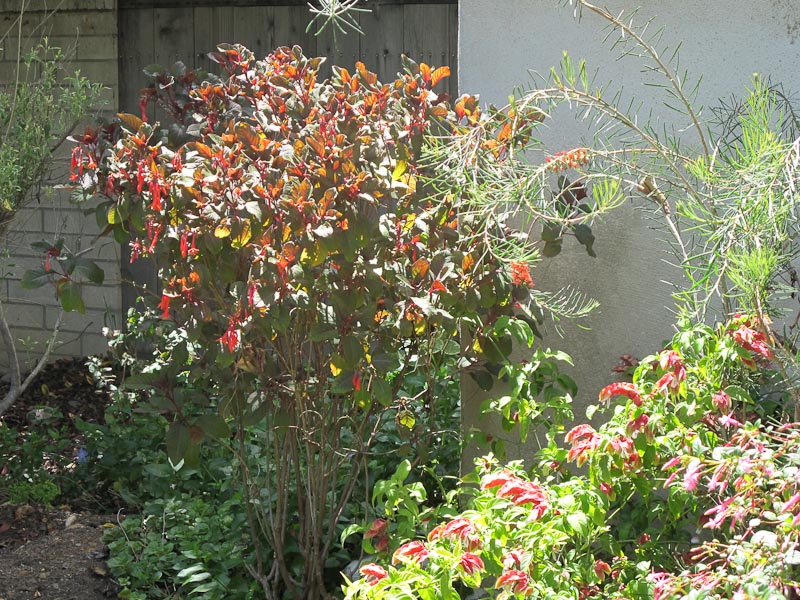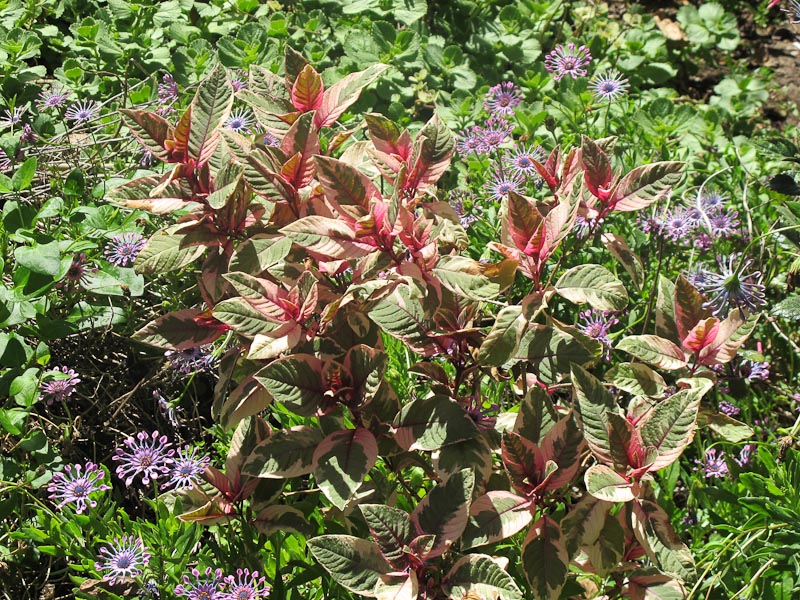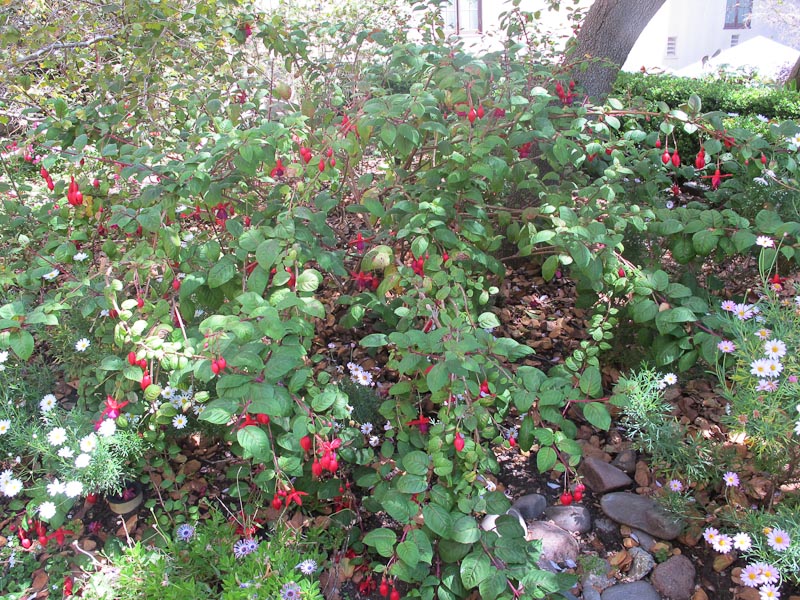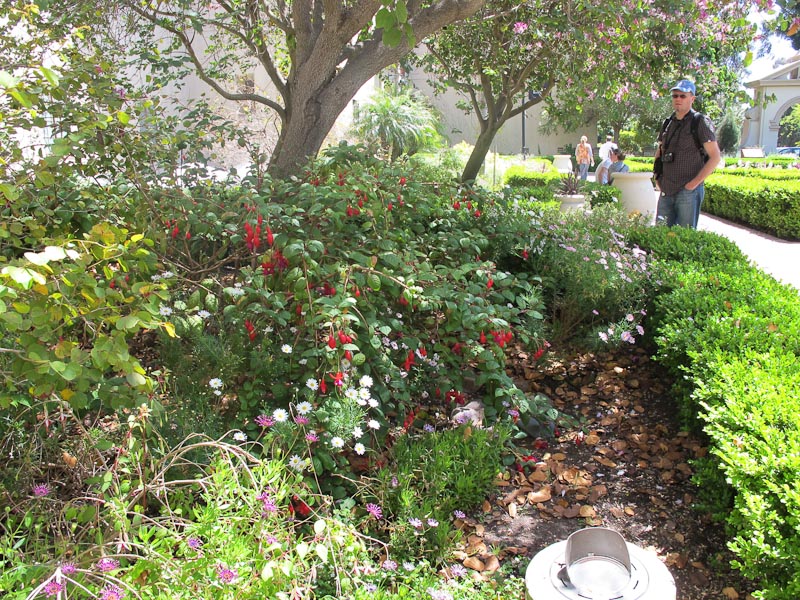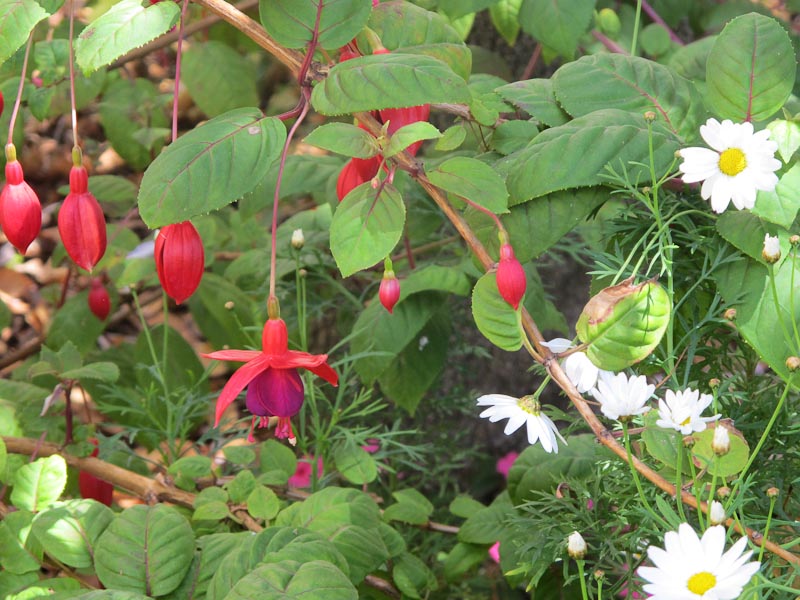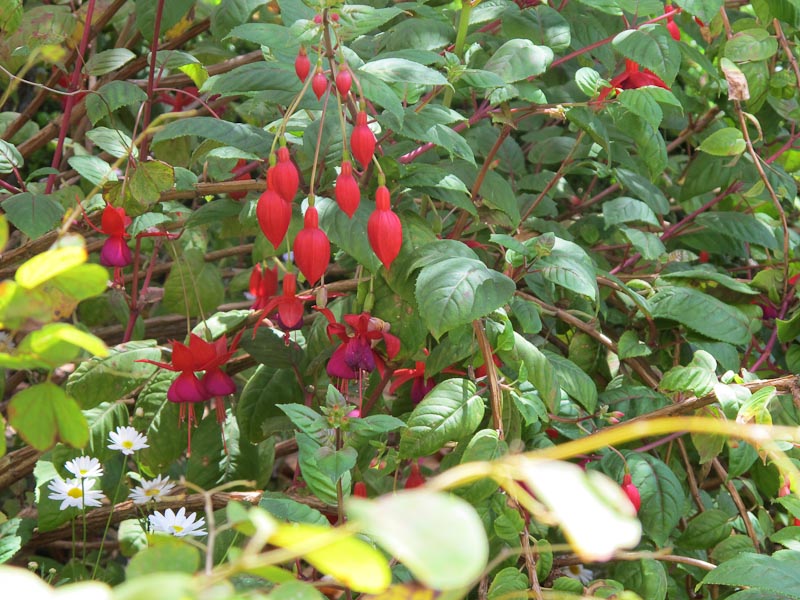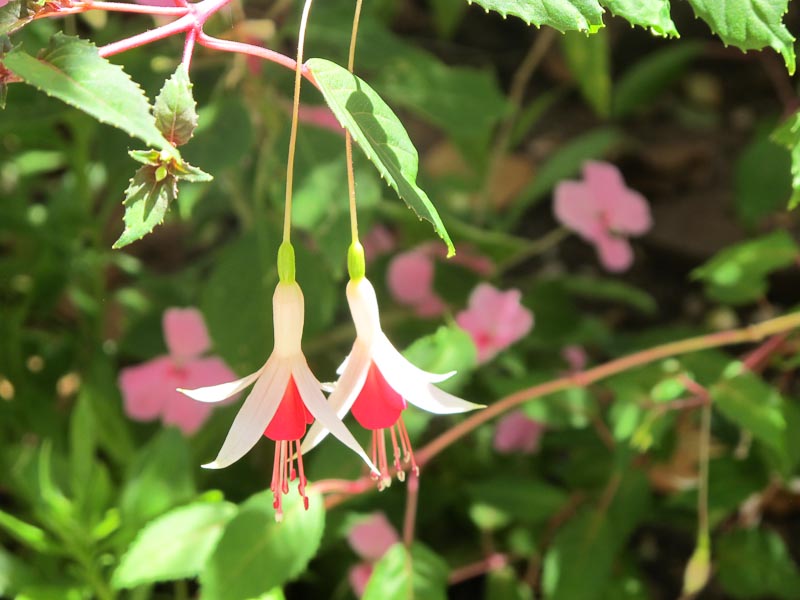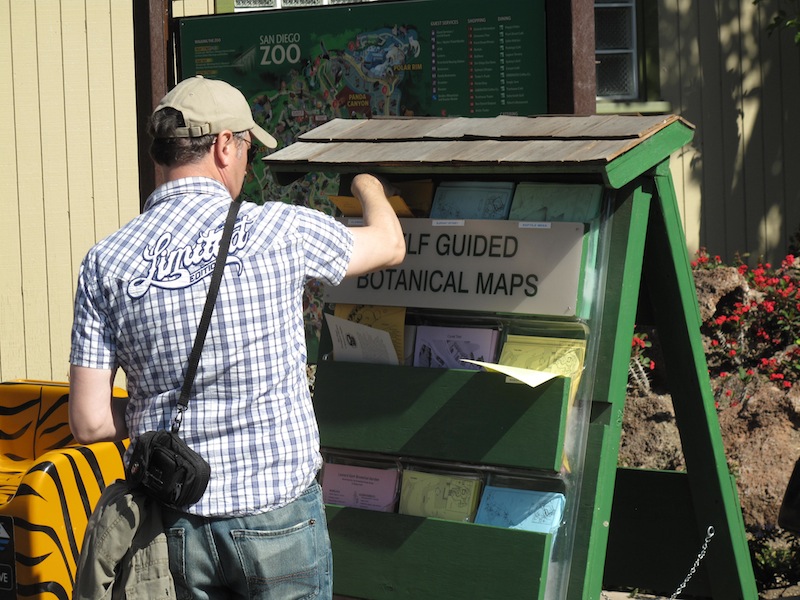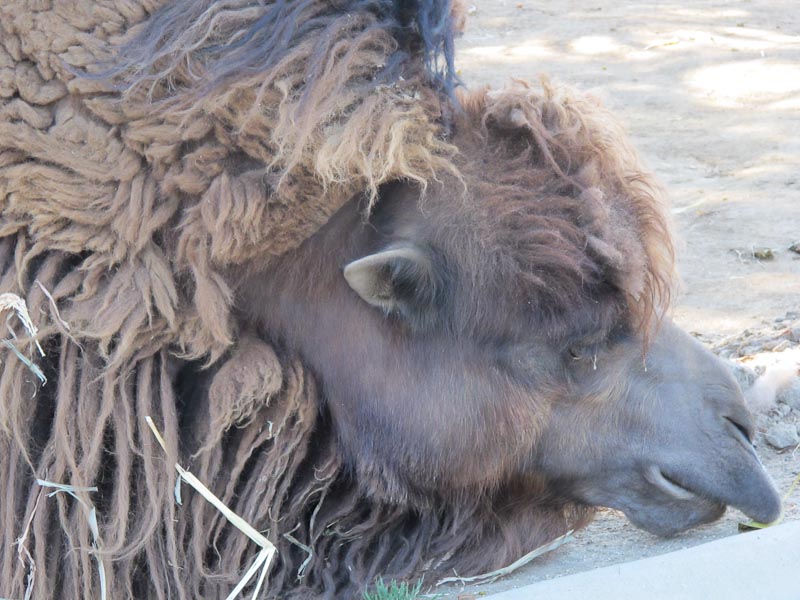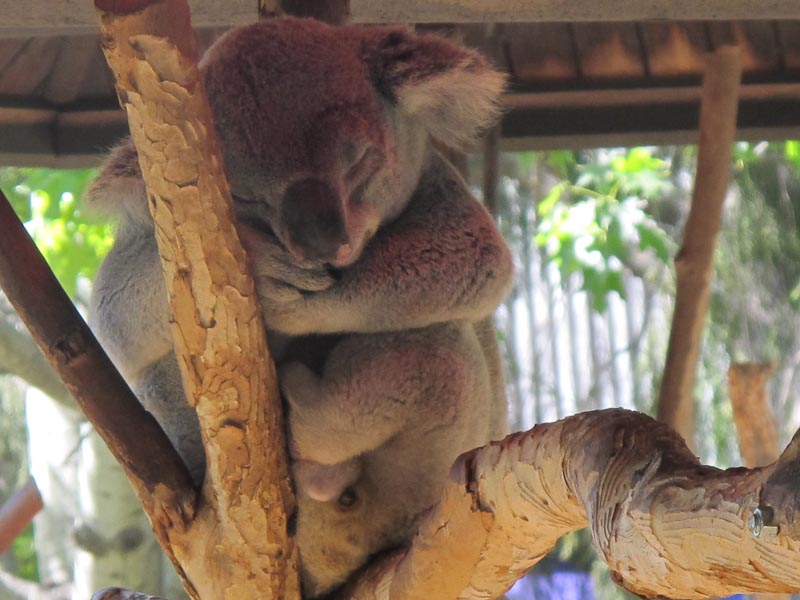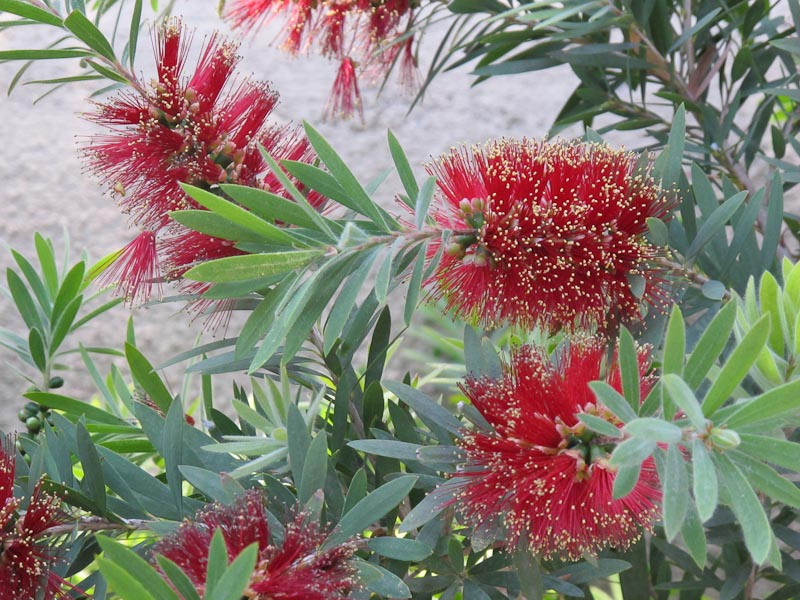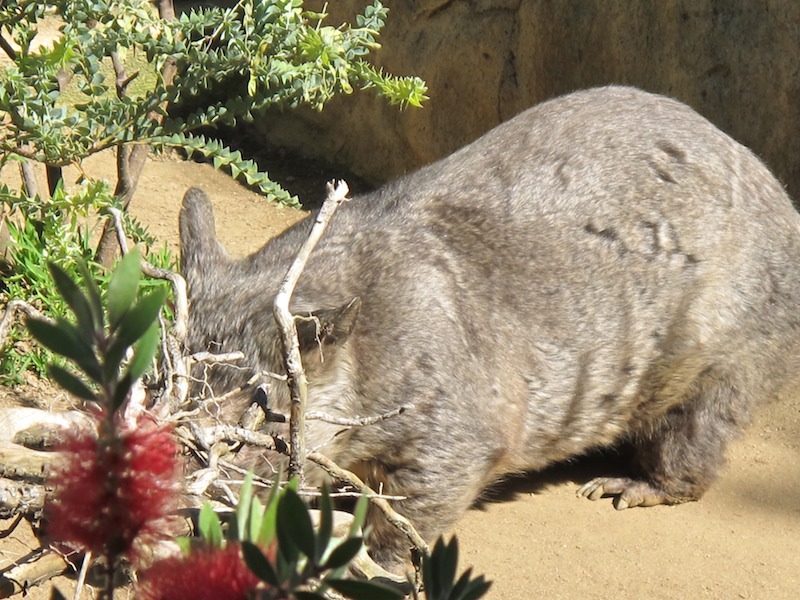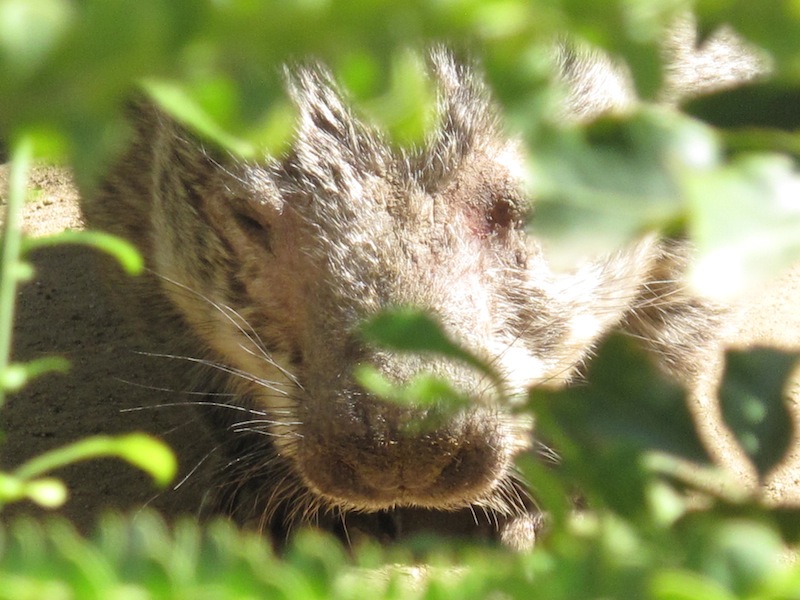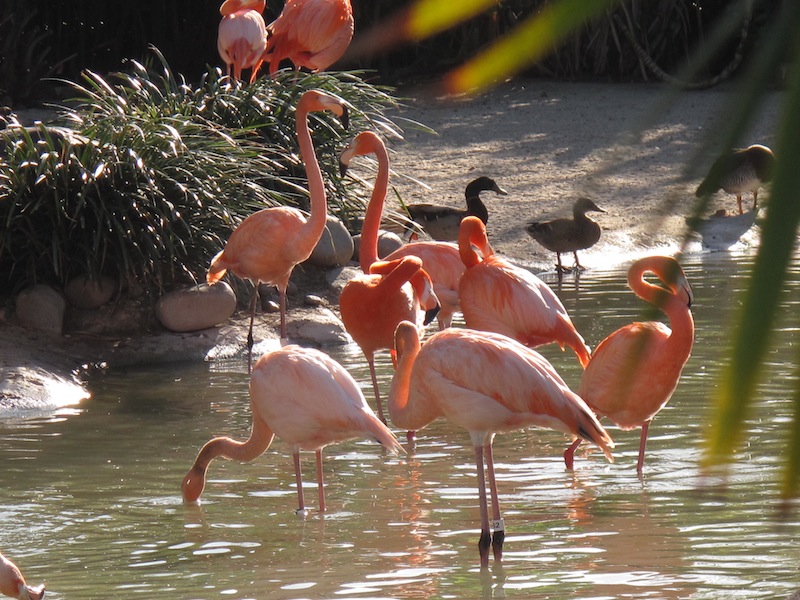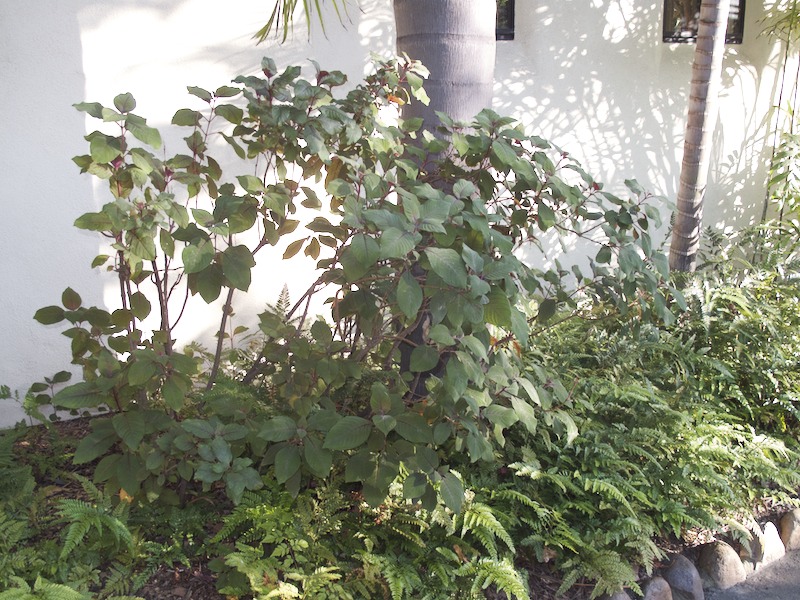
Balboa Park
San Diego, California
San Diego, California
Balboa Park had its genesis in 47,000 acres set aside by José Castro, the Mexican governor of Alta California, and his city officials for public recreational use in 1835. In 1868, the San Diego Board of Trustees designated 1,400 acres northeast of the then urban center as a city park. Slow development occurred from 1872 to 1909. During this period noted horticulturalist and botanist, Kate Sessions, ran a commercial nursery located on thirty-two acres and planted numerous trees and other plants throughout the park in exchange for the use of park land. Many of her trees survive and she is often called the Mother of Balboa Park. Development culminated in a burst of creativity from 1910 for the 1915 Panama-California Exposition that has given the park much of the character it has today. The 1915 Botanical Building, then one of the world's largest shade houses, still holds large palms and other tropicals. And some fuchsias as well. Another area of interest for fuchsia sight-seeing is the Alcazar Garden, located behind the San Diego Art Institute. The San Diego Fuchsia & Shade Plant Society also meets monthly in the Casa del Prado.

